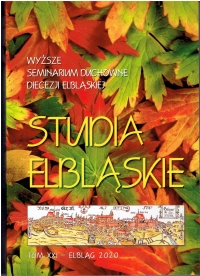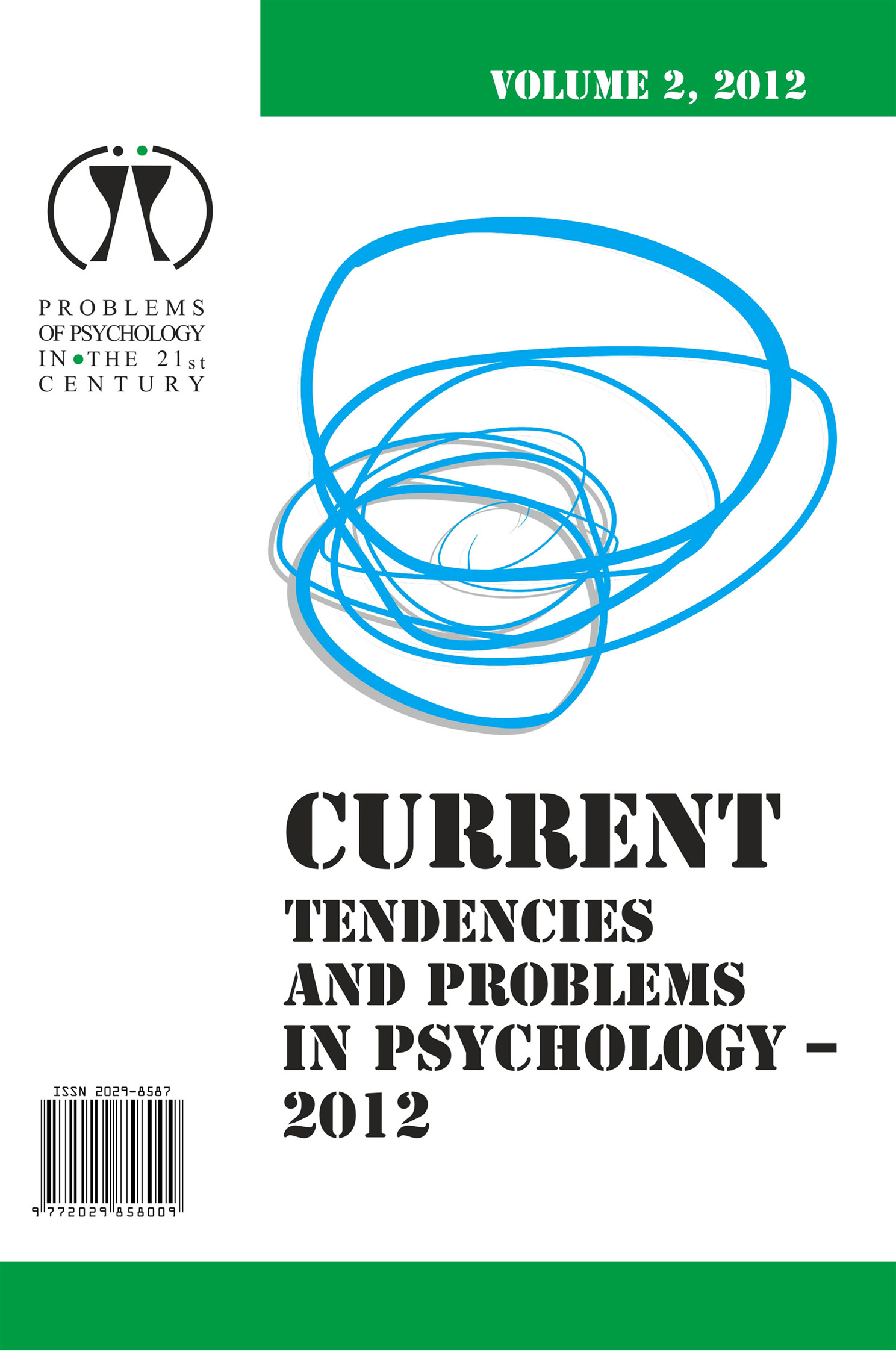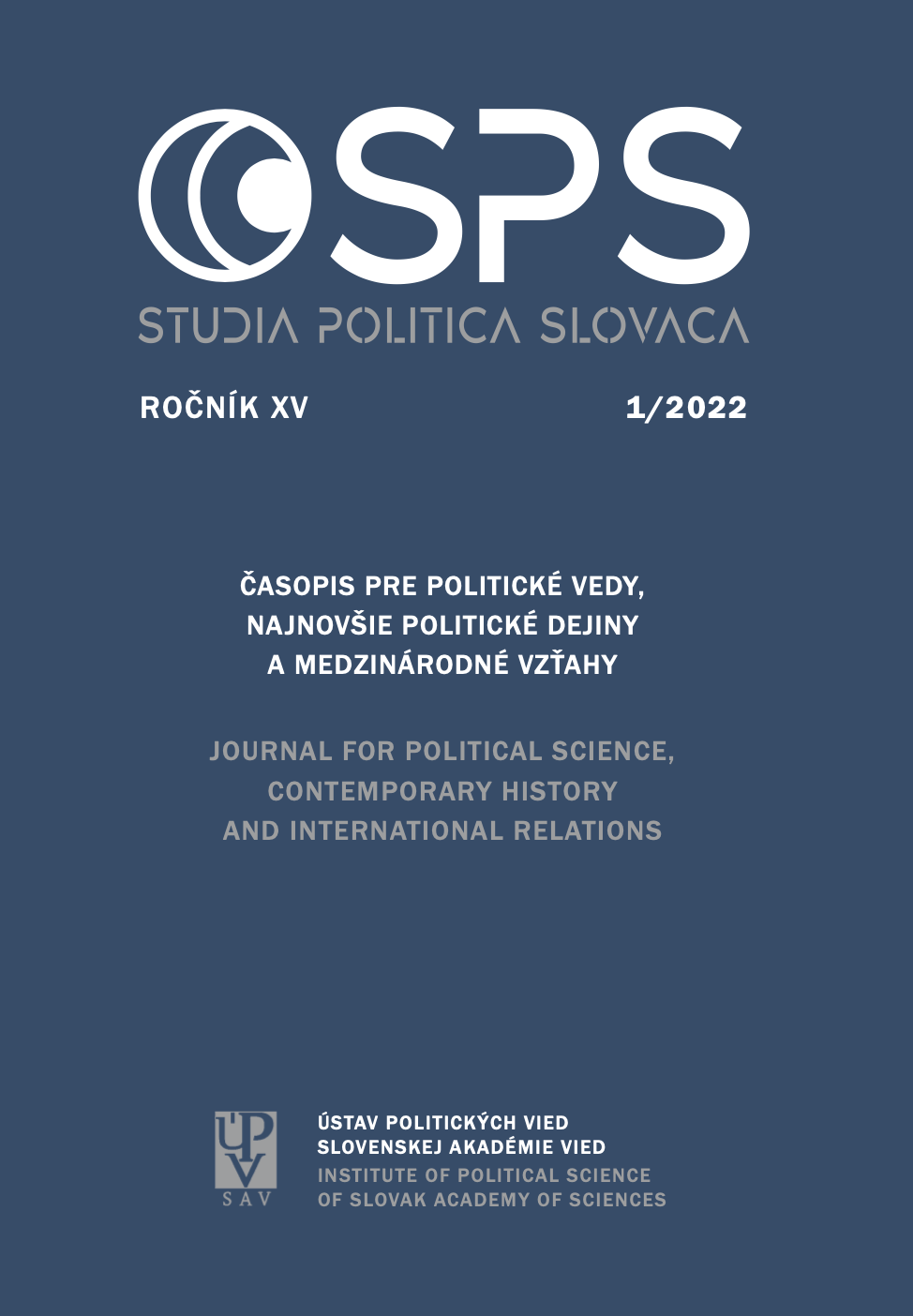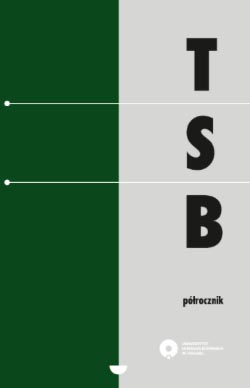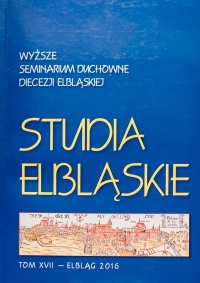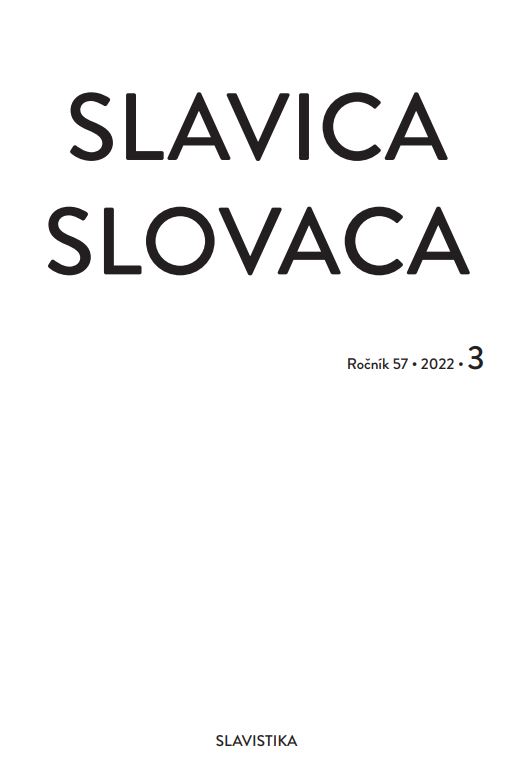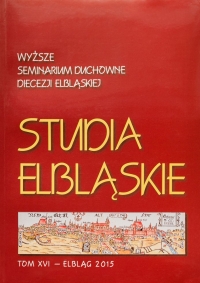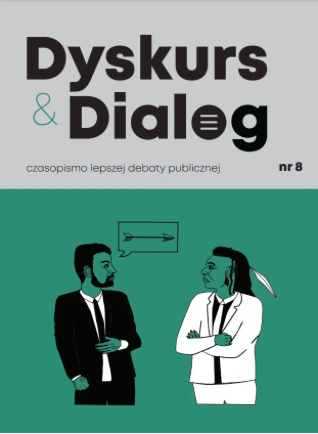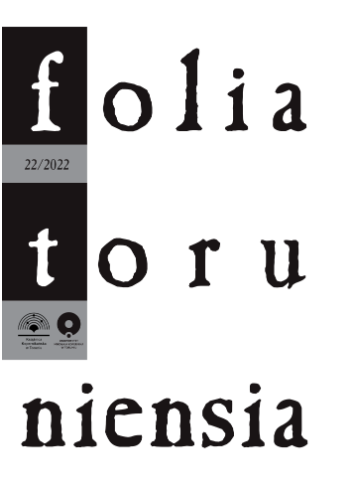
Zastosowanie arystotelesowskiej koncepcji toposu w badaniach wizerunku medialnego liderów politycznych i religijnych – przyczynek do dyskusji
Purpose: The text is a review and is an attempt to indicate the usefulness of the Aristotelian theory of rhetorical “places” in media studies of the image of political and religious leaders. The division of topoi into natural (anthropological) and cultural (ideological) is taken into consideration. The first one is understood as consciously or unconsciously deeply rooted in the common human nature, and therefore concerns all people. The second one, in turn, examines the way of realization of the human nature in cultural spaces of different historical epochs. The text is a voice in the discussion and an attempt to prove that the theory of topos can be considered complementary to the theory of framing in the analysis of the media image of political and religious leaders.Method: The analysis took into consideration, among others, issues of identity, stereotyping and selected image and communicological dimensions of political and religious leadership. It uses the method of analysis and synthesis. Reference was made to theoretical research work on the application of the concept of topoi in the sciences of social communication and media and framing analysis of such media experts as, among others, Norberto Gonzàlez Gaitano, Terézia Rončáková, Piotr Studnicki, Douglas Walton, Chris Reed, Fabrizio Macagno.Result/Conclusion: Topoi can be used to build both a positive and a negative image of political and religious leaders. The use of the same argumentative structures in the text provides an opportunity to meet supporters and opponents of specific people or institutions. Topoi are used in the construction of the categorization key and are an important help in the interpretation of the text. They can be considered as a theory complementary to framing in the analysis of the media image of political and religious leaders.
More...
